We finished up our last video by showing you all five torques in action with the image shown in Figure 1 below:

Figure 1. All 5 torques in action.
Now I want to compare these same five torques with an image where the arm and leg positions are reversed. And in the process, I am going to point out five distinct observations regarding them.
Observation #1:
Let’s start by removing some of the text from our image as well as the directions of the torques for the left arm, right arm, spine and left leg so that all we have left is the torque generated from the right leg as shown in Figure 2.

Figure 2. Torque generated from right leg.
Now let’s go ahead and slide this image over to the left and let’s put up an image next to it where the arm and leg positions are reversed for comparison. See Figure 3.

Figure 3. Comparison of images where the arm and leg positions are reversed.
So looking at the image on the left in Figure 4 below, we have the right hip in extension, the right knee in extension and the right ankle in plantarflexion and this is the classic triple extension position you have heard about and this is producing a CCW torque around the spinal column.

Figure 4. Image on left shows right leg in triple extension producing CCW torque.
And now in the image on the right (See Figure 5 below), the same right leg or hip is now in flexion, and if we imagine that the force that it produces acts alone, the question we want to ask ourselves again is, which direction will it cause the body to turn around spinal column?

Figure 5. Image on right shows right hip in flexion.
Well, just like we have done up until this point before, we know that the force coming from the right leg is displaced to the right of the spine so it has to rotate the body in one direction of the other, and if we imagine this force continuing in the same direction, which is forward, we can see that it too will spin the body in a CCW direction around the spinal column, or in other words, the force coming from the right leg will also produce a CCW torque. See Figure 6.

Figure 6. Right leg produces CCW torque in both images above.
So the first thing to take from all of this is that it doesn’t matter if your right hip is being pushed from behind as seen in the image on the left or pulled forward from the front as seen by the image on the right…your right leg will always produce a CCW torque around the spinal column.
Observation #2:
And interestingly enough, a similar situation holds true with the left leg. Referring to Figure 7 below, if you recall from video #2 of this series, the left hip was in flexion as seen again here in image on the left. And we found that it produced a CW torque around the spinal column.
And now in the image on the right (See also Figure 7 below), where the entire left leg is in triple extension and pushing from behind, it also produces a CW torque around the spinal column.
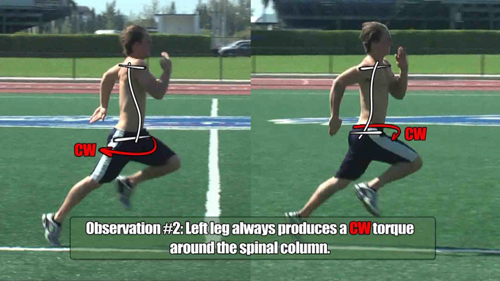
Figure 7. Left leg produces CW torque in both images above.
So that is the second observation to take from all of this and that is: your left leg will always produce a CW torque around the spinal column.
Observation #3:
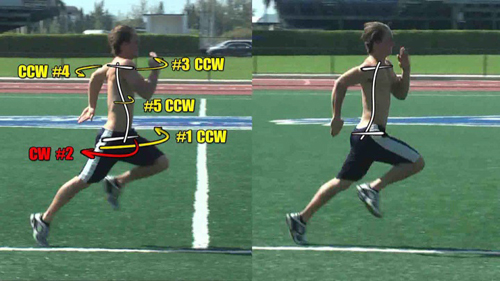
Figure 8.
In Figure 8 above, the image on the left should start to look familiar to you by now because this was how we ended our discussion on the five torques in the last video as well as how we started out in this on.
And we learned from this image that the torques produced by both arms and the spine, numbered 3, 4 and 5, were in the same direction, or CCW, as the leg in triple extension, which is the right leg labeled #1.
All of these torques are colored in yellow for a quick review so that you can easily see them turning in the same direction. The only one opposing all of these spinning in the opposite direction is Torque #2 for the hip flexors which is colored in red.
But now in the image on the right (See Figure 9 below), where the arm and leg positions are reversed, while the directions of the torques coming from the legs remain the same, the torques coming from both arms and the spine switch their directions to CW to line up and favor, or support once again the leg in triple extension, which is now the left leg.

Figure 9.
So while the directions of the torques produced by the legs through the hips never change, those produced by the left arm, right arm and spine do, by switching their directions to favor the leg in triple extension.
So this becomes our third observation regarding these five torques: the torques produced by the left arm, right arm and spine always switch their direction to favor the leg in triple extension.
Let’s apply what we have learned so far.
Now I want you to take a look at our athlete running in slow motion and apply what we have learned so far with these first three observations, so that you can start to see and appreciate a little more carefully just how amazing the human body has been designed for optimum performance.
What we want to do first is identify the leg in triple extension and determine whether it’s the right leg or left. See Figure 10 below.

Figure 10. Left leg in triple extension produces CW torque.
So here we see that the left leg is in triple extension, and we know from observation #2, the left leg will always produce a CW torque around the spinal column as seen by our red arrow.
And now here comes the reinforcing help from the arms and torso also in red and also in the same CW direction that we learned about from our third observation in that they always favor the direction of the leg in triple extension. See Figure 11.

Figure 11. Arms and spine reinforce leg in triple extension with same CW torque.
And finally we see the hip flexors on the right, ACTING ALONE AND opposing these four torques, with a yellow arrow in the opposite, or, CCW direction to help maintain balance. See Figure 12 below.
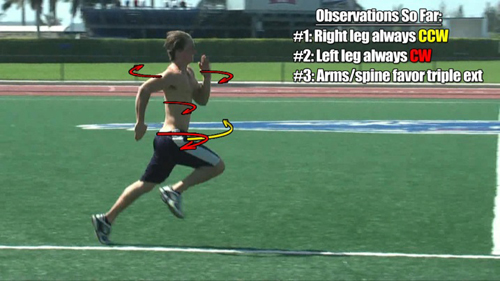
Figure 12. Right hip flexors (CCW) oppose other four torques for balance.
Of course this all occurs at the same time, but I wanted to piece it together for you here so that you can see how everything comes together perfectly.
Now let’s look at this when the arms and legs switch positions. Again, first identify the leg in triple extension, which is now the right leg, and we already know from observation #1 that it will produce a CCW torque around the spinal column as seen by our yellow arrow. See Figure 13 below.

Figure 13. Right leg in triple extension produces CCW torque.
And now here comes the reinforcing help from the arms and torso, also in yellow and also in the same CCW direction as the leg in triple extension. See Figure 14 below.

Figure 14. Arms and spine support leg in triple extension with same CCW torque.
And finally we see the hip flexors now on the left side, ACTING ALONE AND opposing these four torques with a red arrow in the opposite, or, CW direction to once again help maintain perfect balance. See Figure 15 below.
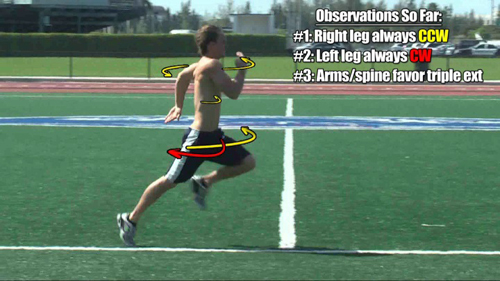
Figure 15. Hip flexors on left acting alone in CW direction to maintain balance.
Observation #4:
I would be willing to bet that many of you watching this would never have guessed that the leg in triple extension, where the powerful glutes/hams, quads and calves are working the hardest, would still need extra support from the rest of the body to help offset the torque created by the front side hip flexors in the other leg, yet that is exactly what needs to happen in order for you to be able to walk and run in a straight line. See Figure 16 below.

Figure 16.
And because of this, your hip flexor muscles are essentially the pace-setter when it comes to how fast you will be able to run. See Figure 17.
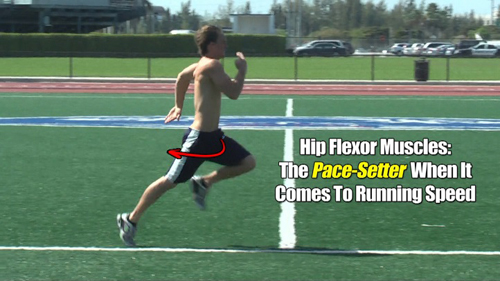
Figure 17. Hip flexors are the pace setter for running speed.
In other words, you can put in a lot of good effort training up your backside glutes/hams, as well as your quads and calves as shown in the list below in Figure 18, but in order for you to fully appreciate the hard work you put in, you will also need to equally raise the level of strength in the front side hip flexors to counter this effort.
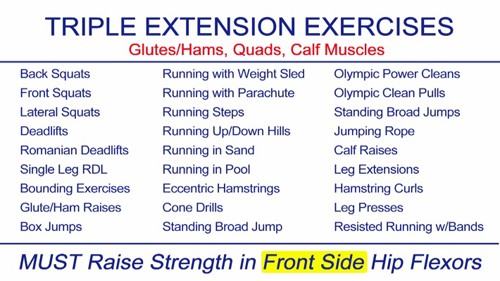
Figure 18. List of triple extension exercises.
Because if you don’t, you will hit a plateau in your speed training and that plateau is more than likely dictated by the strength, or lack thereof, in your front side hip flexors simply because many of you are putting very little effort in to them when compared to the backside glutes/hams. See Figure 19 below.
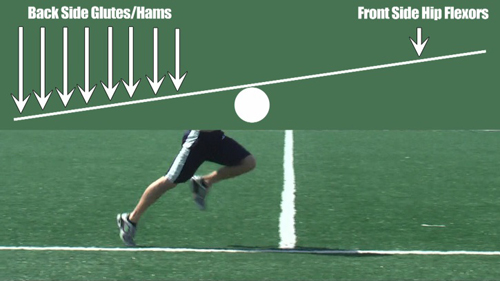
Figure 19. Plateau created by lack of balance between back-side glutes/hams and front side hip flexors.
And this can be easily seen by the equation below once again, where the two sides need to be in balance. See Figure 20 below.
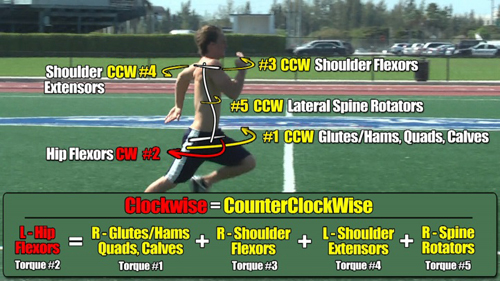
Figure 20. Running speed is an equation of balance.
Simply raising the strength on one side does not mean the other side will automatically get stronger as shown in Figure 21 below.
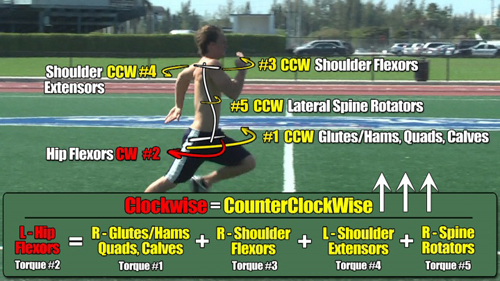
Figure 21. Unbalanced equation will not make you faster.
This is not an open-ended equation where you simply add strength to one part, or parts, of the body and speed follows, but rather, this is an equation of balance and so anything you do on one side, also needs to be countered on the other in order for you to raise your sports performance. See Figure 22 below.
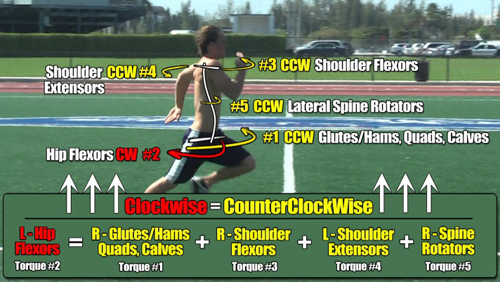
Figure 22. Balanced equation leads to improved sports performance.
So, that is our fourth observation and that is: your hip flexors are the pace-setter when it comes to how fast you can run and are needed to offset the powerful muscles involved in triple extension as well as the shoulders and torso. See Figure 23 below.

Figure 23.
Observation #5:
The fifth and final observation is more of a reminder to you than anything and that is this: in order to achieve your true running speed potential, you will need a training routine that focuses on the muscles involved in triple extension, hip flexors, shoulder flexors, shoulder extensors and lateral spine rotators on both sides of your body. See Figure 24 below.

Figure 24.
 Figure 1. Left and right shoulders producing a counterclockwise torque around spinal column.
Figure 1. Left and right shoulders producing a counterclockwise torque around spinal column.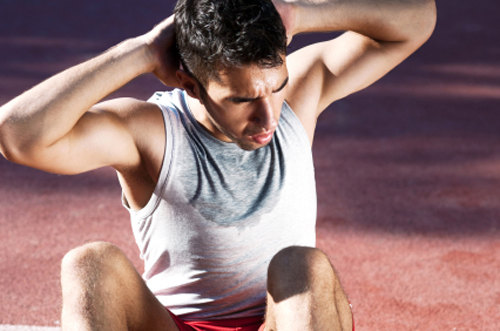 Figure 2. Torso rotates in same direction as shoulders during oblique sit-up.
Figure 2. Torso rotates in same direction as shoulders during oblique sit-up.
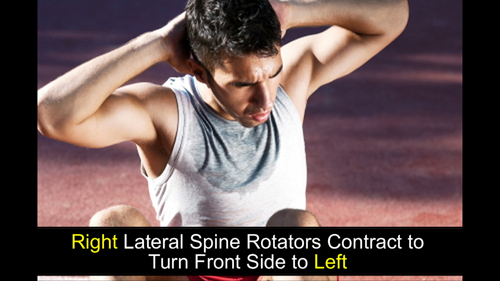 Figure 4. Right lateral spine rotators contract to turn front side of body to the left.
Figure 4. Right lateral spine rotators contract to turn front side of body to the left.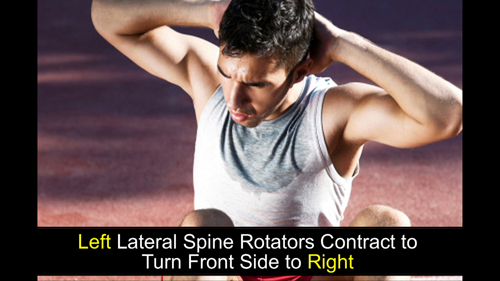 Figure 5. Left lateral spine rotators contract to turn front side of body to the right.
Figure 5. Left lateral spine rotators contract to turn front side of body to the right.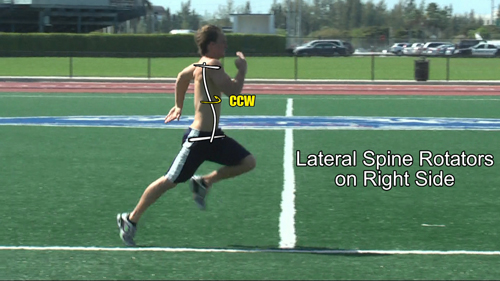 Figure 6. Lateral rotators of the spine contracting in this image.
Figure 6. Lateral rotators of the spine contracting in this image. Figure 7. Final torque equation for the running process.
Figure 7. Final torque equation for the running process. Figure 1. Right arm creates a pulling force on the body.
Figure 1. Right arm creates a pulling force on the body. Figure 2. Torque #3 creating counterclockwise torque around the spinal column.
Figure 2. Torque #3 creating counterclockwise torque around the spinal column. Figure 3. Torque #3 Muscles are the Right Shoulder Flexors.
Figure 3. Torque #3 Muscles are the Right Shoulder Flexors. Figure 4. Left shoulder creates a pulling force on the body backward.
Figure 4. Left shoulder creates a pulling force on the body backward. Figure 5. Torque #4 creating counterclockwise torque around the spinal column.
Figure 5. Torque #4 creating counterclockwise torque around the spinal column. Figure 6. Torque #4 Muscles are the Left Shoulder Extensors.
Figure 6. Torque #4 Muscles are the Left Shoulder Extensors. Figure 7. Arms creating upward force to make you lighter in the air.
Figure 7. Arms creating upward force to make you lighter in the air. Figure 8. How to increase the momentum in your arms.
Figure 8. How to increase the momentum in your arms. Figure 9. Review of torques #1 – #4.
Figure 9. Review of torques #1 – #4. Figure 10. Clockwise torques equal counterclockwise torques.
Figure 10. Clockwise torques equal counterclockwise torques.
 Figure 1. Force pulling the left hip forward.
Figure 1. Force pulling the left hip forward. Figure 2. Clockwise torque around the spinal column by left leg.
Figure 2. Clockwise torque around the spinal column by left leg.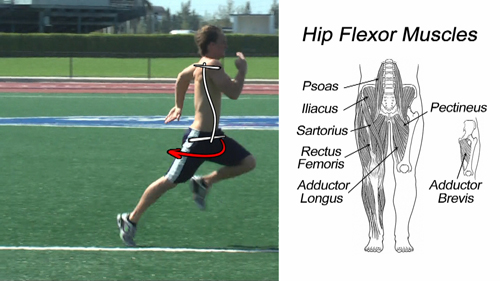 Figure 3. Hip Flexors muscles creating torque in clockwise direction.
Figure 3. Hip Flexors muscles creating torque in clockwise direction.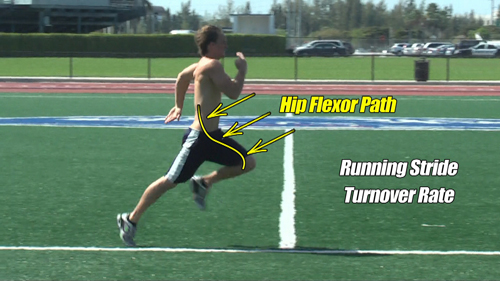 Figure 4. Not many exercises available for hip flexor training.
Figure 4. Not many exercises available for hip flexor training.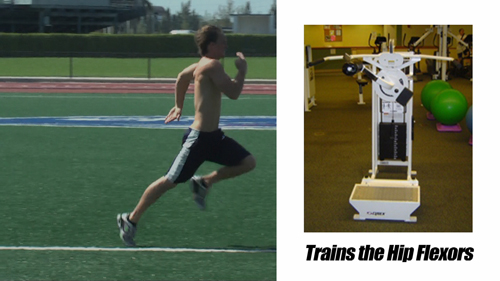 Figure 5. Dedicated hip flexor machine.
Figure 5. Dedicated hip flexor machine.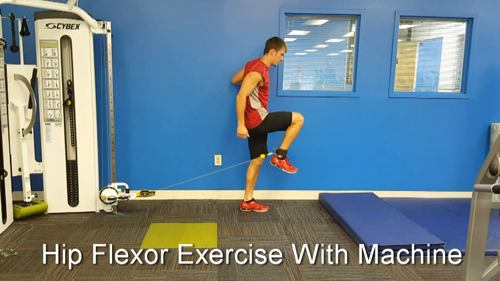 Figure 6. Hip flexor exercise.
Figure 6. Hip flexor exercise. Figure 7. Simple Hip Flexor Exercises.
Figure 7. Simple Hip Flexor Exercises.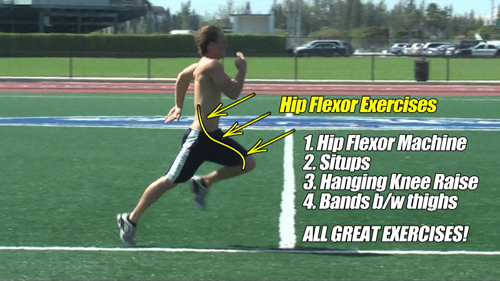 Figure 8. All Great Hip Flexor Exercises.
Figure 8. All Great Hip Flexor Exercises. Figure 9. Only 2 out of 7 hip flexor muscles are typically ever exercised.
Figure 9. Only 2 out of 7 hip flexor muscles are typically ever exercised.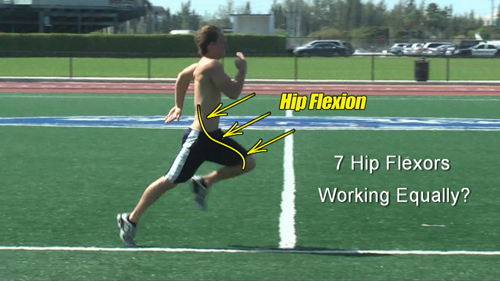 Figure 10. Not all 7 hip flexors work equally.
Figure 10. Not all 7 hip flexors work equally.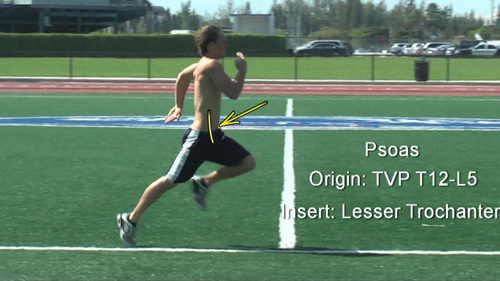 Figure 11. Location of Psoas muscle.
Figure 11. Location of Psoas muscle.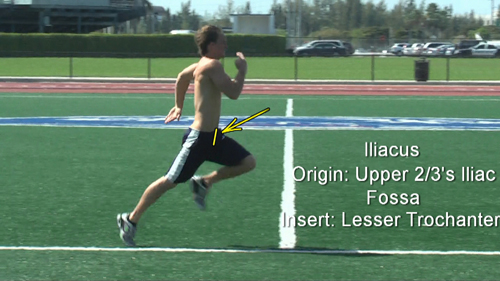 Figure 12. Location of Iliacus muscle.
Figure 12. Location of Iliacus muscle. Figure 13. Psoas and Iliacus Muscles.
Figure 13. Psoas and Iliacus Muscles. Figure 14. Location of Rectus Femoris.
Figure 14. Location of Rectus Femoris.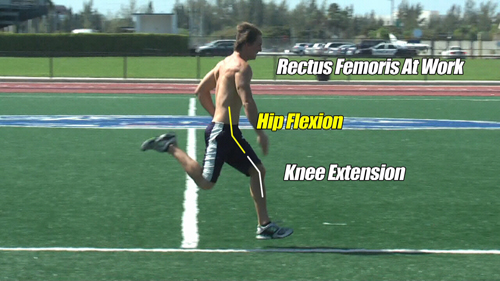 Figure 15. Rectus Femoris involved in hip flexion and knee extension.
Figure 15. Rectus Femoris involved in hip flexion and knee extension. Figure 16. Location of Sartorius muscle.
Figure 16. Location of Sartorius muscle. Figure 17. Sartorius targeted with hip in flexion, knee in extension and hip in external rotation.
Figure 17. Sartorius targeted with hip in flexion, knee in extension and hip in external rotation.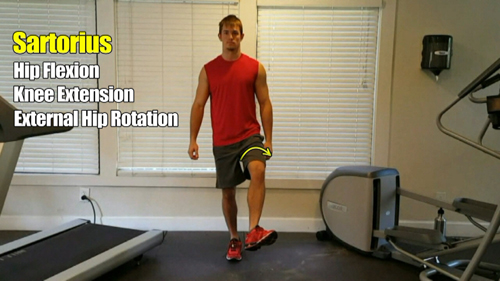 Figure 18. Sartorius targeted with hip in flexion, knee in extension and hip in external rotation.
Figure 18. Sartorius targeted with hip in flexion, knee in extension and hip in external rotation.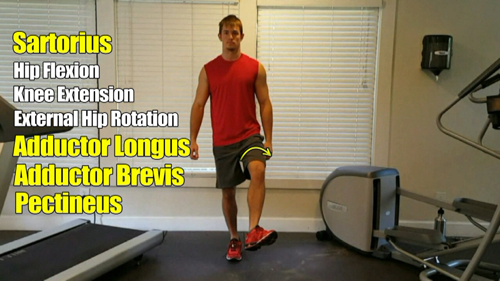 Figure 19. Targeting the Adductor Longus, Adductor Brevis and Pectineus by putting the hip in flexion, knee in extension and hip in external rotation.
Figure 19. Targeting the Adductor Longus, Adductor Brevis and Pectineus by putting the hip in flexion, knee in extension and hip in external rotation. Figure 20. Five torques acting on the spinal column must offset each other.
Figure 20. Five torques acting on the spinal column must offset each other.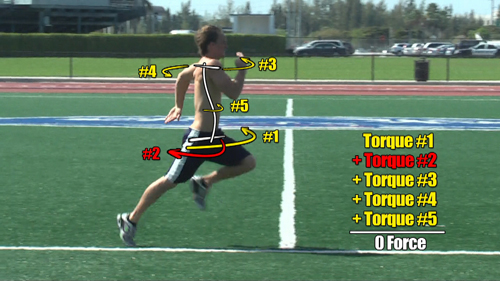 Figure 21. All torques must add up to zero force.
Figure 21. All torques must add up to zero force.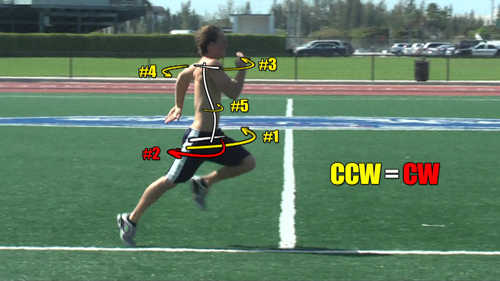 Figure 22. All Counterclockwise body torques must equal all clockwise torques.
Figure 22. All Counterclockwise body torques must equal all clockwise torques.
 Figure 24. Torques 1, 3, 4 and 5 are CCW and Torque 2 is CW.
Figure 24. Torques 1, 3, 4 and 5 are CCW and Torque 2 is CW.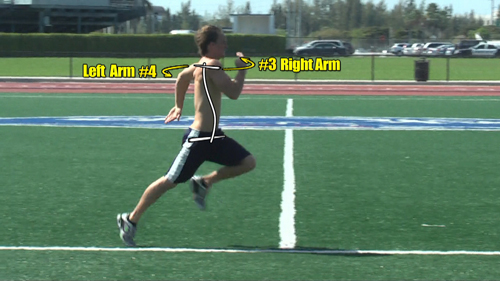 Figure 25. Torque 3 for right arm and torque 4 for left arm.
Figure 25. Torque 3 for right arm and torque 4 for left arm. Figure 1. 5 Rotational Forces to Run Faster.
Figure 1. 5 Rotational Forces to Run Faster.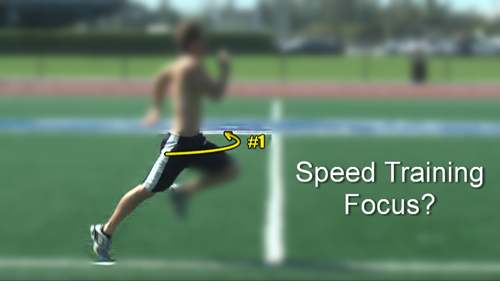 Figure 2. Narrow Speed Training Focus.
Figure 2. Narrow Speed Training Focus.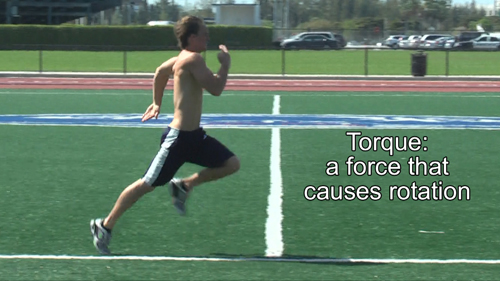 Figure 3. Torque is a force that causes rotation.
Figure 3. Torque is a force that causes rotation.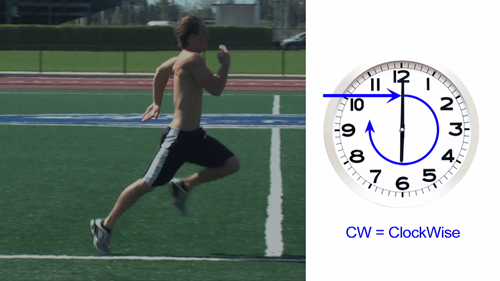 Figure 4. Clockwise Torque.
Figure 4. Clockwise Torque.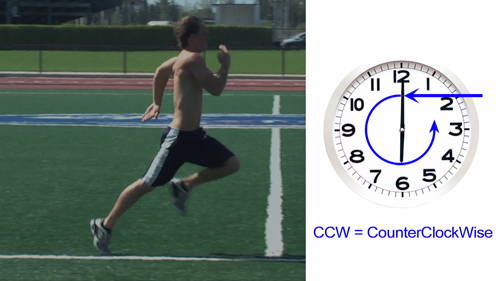 Figure 5. Counterclockwise Torque.
Figure 5. Counterclockwise Torque. Figure 6.
Figure 6.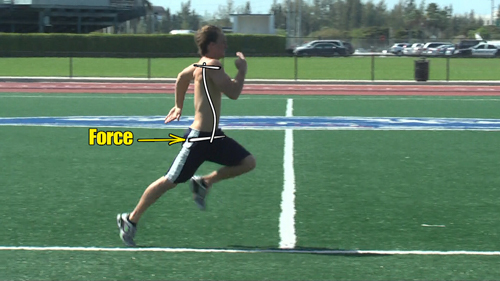 Figure 7. Force pushing through right hip.
Figure 7. Force pushing through right hip.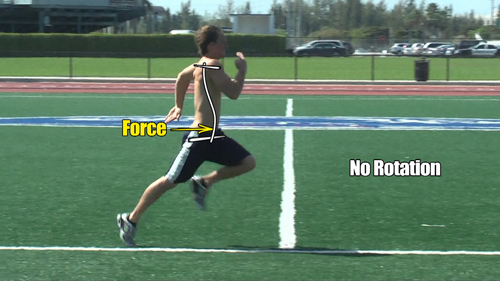 Figure 8. No rotation caused by force in the center of the spine.
Figure 8. No rotation caused by force in the center of the spine.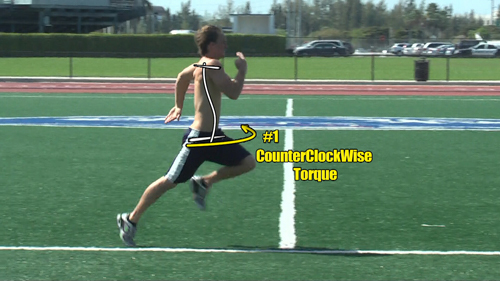 Figure 9. Torque #1 is Counterclockwise.
Figure 9. Torque #1 is Counterclockwise. Figure 10. Glutes/Hams, Quads, Calves for Torque #1.
Figure 10. Glutes/Hams, Quads, Calves for Torque #1. Figure 11. Torque #1 Exercises.
Figure 11. Torque #1 Exercises.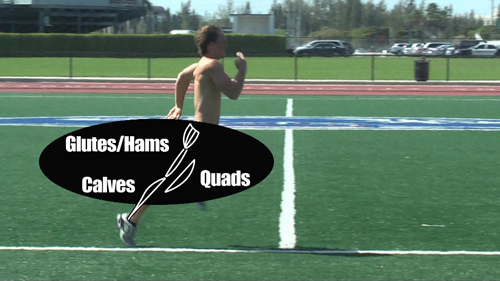 Figure 12.
Figure 12. Figure 13.
Figure 13. Figure 14.
Figure 14.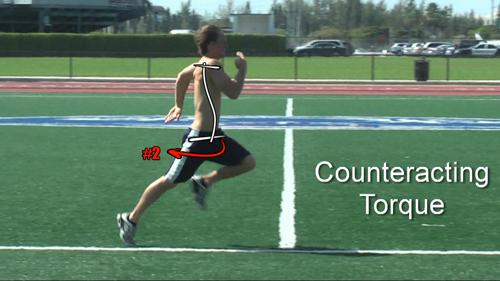 Figure 15. Torque #2, Counteracting Torque.
Figure 15. Torque #2, Counteracting Torque.